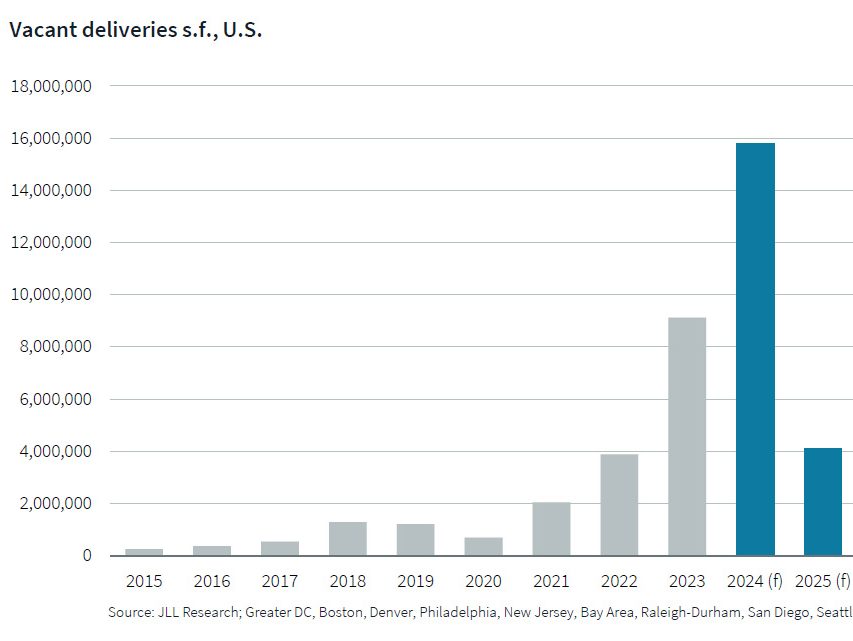Economy Watch: Job Growth, Stocks Fared Poorly in May; GDP Weaker than Thought
The U.S. economy added only 69,000 jobs in May, which wasn't enough to keep up with population growth. And the GDP only reached an annualized growth of 1.9 percent in the first quarter, not even the 2.2 percent previously estimated. Stocks, too, took a tumble: The major indices fell about 6 percent last month.
By Dees Stribling, Contributing Editor
According to the Bureau of Labor Statistics on Friday, the U.S. economy created a net of 69,000 jobs in May, a bit less than the revised April figure of 77,000. Economists had expected a weak jobs report, and they were correct – numbers weren’t even enough to keep up with population growth. The BLS noted that there was modest amounts of hiring in health care and transportation, but declines in construction (28,000 jobs). The unemployment rate remained stuck at 8.2 percent.
Unemployment claims for the week ending May 26 rose to 383,000, an increase of 10,000. The less volatile four-week moving average was 374,500, an increase of 3,750 from the previous week. That’s roughly the average level for initial claims for all of 2012 so far.
Earlier in the week, the BLS reported that jobless rates were lower in April than a year earlier in 342 of the 372 major U.S. metro areas, higher in 25, and unchanged in five. Payroll employment was up in 246 metropolitan areas over the year, down in 115, and unchanged in 11.
On Thursday, Automated Data Processing reported an increase of 133,000 private-sector jobs, with employment in the service-providing sector increasing by 132,000. Manufacturing, which has provided a lot of the jobs in recent years, lost 2,000 positions, the second consecutive monthly decline, according to ADP. The ADP report was a bit weaker than the official jobs report, as it usually is for May.
U.S. GDP Weaker Than Thought
The Bureau of Economic Analysis reported its second revision of U.S. gross domestic product for the first quarter, an annualized rate of 1.9 percent. The previous estimate had been 2.2 percent. During the fourth quarter of 2011, real GDP increased 3 percent.
Albeit weak, the increase in first-quarter 2012 GDP reflected positive contributions from what the BEA calls “personal consumption expenditures,” (shopping, in ordinary language); exports; residential and nonresidential real estate; and private inventory investment. People bought a lot of cars during the first quarter: Motor-vehicle output added 1.12 percentage points to the first-quarter change in real GDP after adding 0.47 percentage points during the fourth quarter.
The negative column, featuring trends that sucked growth from the GDP, included dropping government spending at all levels as the main culprit. Federal government consumption expenditures and gross investment decreased 5.9 percent in 1Q12, while state and local government spending decreased 2.5 percent. Imports, which are a subtraction in the calculation of GDP, increased.
Stocks Fared Poorly in May
May 2012 will remembered as a particularly lousy month by investors (unless thing keep getting worse), because all together the major U.S. indices lost about 6 percent during the month. “Sell in May and go away” was the stock traders cliché with some truth to it this year.
Or maybe the month will be remember in stock trading history as the moment when Facebook launched its IPO to considerable embarrassment. In any case, Europe continued to give investors the willies on Thursday, and there was the added worry of predicted weak jobs numbers. Those looking for safety drove U.S. 10-year Treasuries even lower, down to 1.57 percent yields. Thirty-year debt dropped to 2.64 percent, the lowest since the worst of the Panic of 2008.
With all that in mind, Wall Street was down most of Thursday, but clawed its way back to small losses by the end of the day on mere rumors that something positive was happening in Spain. The Dow Jones Industrial Average lost 26.41 points, or 0.21 percent. The S&P 500 was down 0.23 percent and the Nasdaq lost 0.35 percent.








You must be logged in to post a comment.